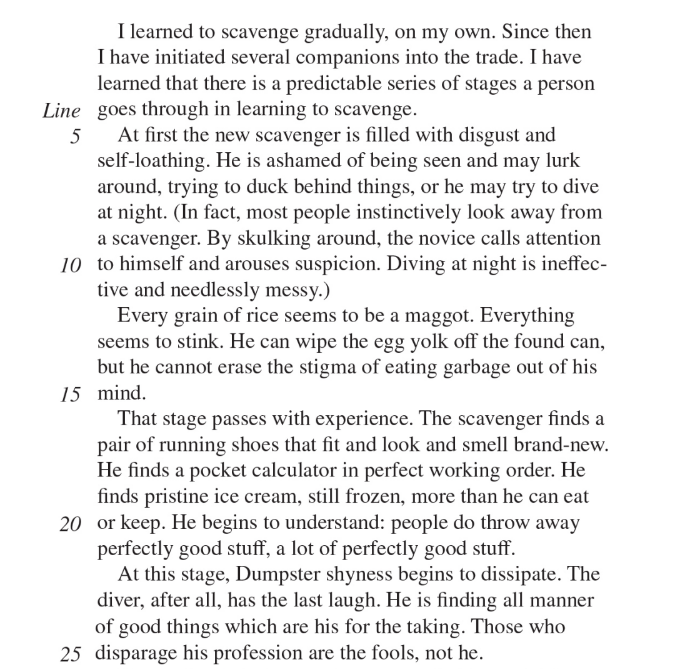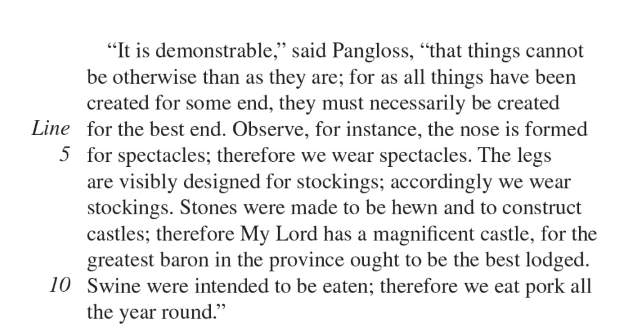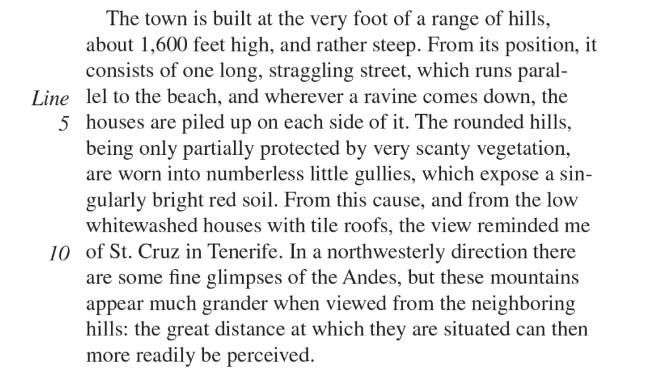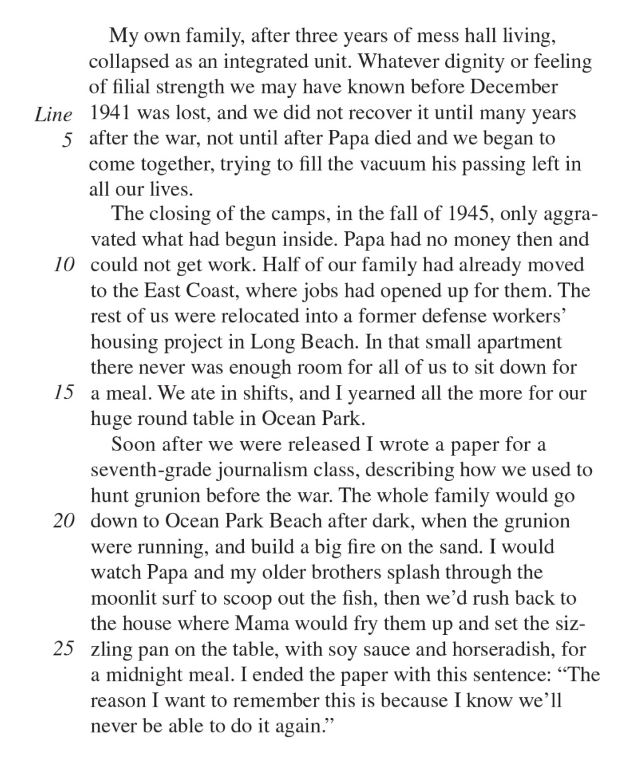AP Lang - Unit 3 (Complex Rhetorical Modes)
1/16
Earn XP
Description and Tags
Name | Mastery | Learn | Test | Matching | Spaced | Call with Kai |
|---|
No study sessions yet.
17 Terms
Process Analysis
- A rhetorical mode writers use when they want to explain how to do something or how something was done.
- Can be effective way of relating an experience.
Process Analysis Example
- Although content is ordered chronologically, author adds explanatory examples + personal commentary to liven up the segment.
- In this example, author is outlining the psychological progression of a homeless scavenger based on his personal experience and exposing the excesses of a consumerist culture.

When and How to Use Process Analysis
- Sequence is chronological and usually fixed (i.e., recipes).
- Make sure the stages of the process are clear, by using transitions (i.e., first, after two days, finally).
*An error or omission in an intermediate step may make rest of the process analysis confusing.
Cause and Effect
Explains the processes responsible for the process.
Cause and Effect Example
Here, Pangloss is using a series of cause-and-effect relationships to prove his point, that “things cannot be otherwise than as they are.”

When and How to Use Cause and Effect
- Don’t confuse the relating of mere circumstances with a cause-and- effect relationship.
- Turn your causal relationships into causes and effects by using carefully chosen examples.
- Make sure to carefully address each step in a series of causal relationships; if you don’t, you risk losing your reader.
Definition
Used to explain a word or concept, but authors usually employ it to engage readers.
Definition Example
- Text begins with a simple definition that is elaborated and rhetorical forms are blended.
—> the comparison to a soccer match, and then there is an ill-conceived (imperfectly formed) attempt at categorization (the divisions in the competition).

When and How to Use Definition
- Define key terms according to what you know of your audience (don’t bore reader by defining terms unnecessarily; don’t perplex reader by failing to define obscure terms).
- Explain the background (history) when it is relevant to your definition.
- Combine definition with any number of other rhetorical modes when applicable.
Description
- Can help make expository or argumentative writing lively and hold reader’s interest.
- Often serves as primary rhetorical mode for an entire essay or book.
- Typically used to communicate a scene, a specific place, or a person to reader.
Description Example
Charles Darwin’s depiction of Valparaíso, the chief seaport in Chile, in Voyage of the Beagle

How and When to Use Description
- When possible, call on all five senses.
- Place most striking examples at the beginnings and ends of paragraphs (or essay) for maximum effect.
- Show, don’t tell, using anecdotes and examples.
- Use concrete nouns and adjectives; (nouns should dominate).
- Employ figures of speech, especially similes, metaphors, and personification.
- When describing people, focus on distinctive mannerisms; try to go beyond physical appearance.
- Direct discourse (using dialogue or quotations).
- Try to use action verbs.
Narration
- A narrative is a story in which pieces of information are arranged in chronological order.
- Can be an effective expository technique.
Narration Example
Jeanne Wakatsuki Houston narrates her family’s experience of losing their house when they were forced into a Japanese internment camp.

How and When to Use Narration
- When possible, structure events in chronological order.
- Make sure you have a beginning, middle, and end.
- Provide realistic setting.
- Try to use action verbs (i.e., “the fighters tumbled to the ground,” rather than “there were fallen soldiers on the ground.”)
- Provide concrete and specific details.
- Show, don’t tell.
- Establish clear point of view.
- Include appropriate amounts of direct discourse (dialogue or quotations).
Induction and Deduction
- Induction: process in which specific examples are used to reach a general conclusion.
- Deduction: using a generalization to draw a conclusion about a specific case.
How and When to Use Induction and Deduction
- Induction proceeds from the specific to a generalization.
—> Make sure you have sufficient evidence to support your claim.
- Deduction is the process of applying a generalization to a specific case.
—> Make sure your generalization has sufficient credibility before applying it to specific cases.